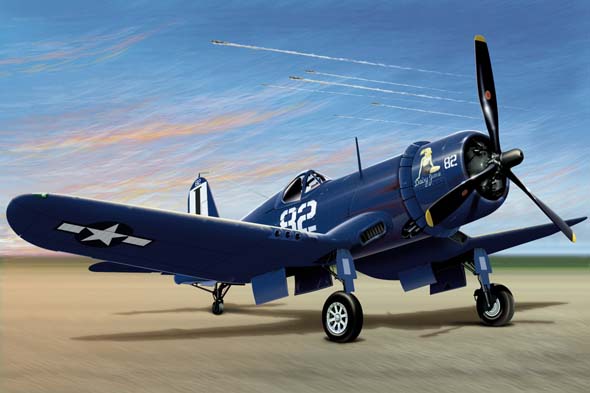

Supplementary file notesĪlternate (greyscale, shaded) version of the same plan.ĭid we get something wrong with these details about this plan (especially the datafile)? Now trace these on the block so the outlines can be cut out with a band saw."ĭirect submission to Outerzone. Lay out the side and top views of the fuselage minus cowl front and cockpit on cardboard and cut them out with scissors. Just be sure that the wood is rather homogeneous and take care to make the glue joints firm. Actually it need not be one solid piece but can he a number of sections glued together to get the desired size. This should be medium grade, clear, firm stock. To make a hollowed balsa fuselage, acquire a plank 4 x 5 x 25 inches. However, those who prefer the usual built-up, planked body will find the plans adaptable, since they have been designed to serve each problem equally. The author considers this type of fuselage not only stronger, but as light as the regular type, and what is more it can be made more easily and quickly clean the others at the same time, it can he finished as well as any and better than most. On the original, a carved balsa fuselage was used and because of the ease and rapidity with which it can be constructed, it is strongly recommended.

The model Corsair as presented here is adaptable to several methods of construction. Need more be said? Oh, yes, his home miraculously escaped the same fate.

A friend (?) had applied a patch to the wings covering and, after it had been doped, the model was thoughtlessly held near an open flame to hasten drying. However, the author failed to anticipate fire as a hazard to his pride and joy and this proved to be disastrous.

Aside from a broken propeller and scuffed paint on the cowling, it was unharmed. This was conclusively demonstrated when, through an accident, the original 'Daisy Jane' got out of hand and dove into the ground inverted. With a larger engine, performance should be substantially increased An Ohlsson 23 was installed and this power made possible a speed of around 45 miles per hour. The test ship proved to be swift in flight, yet it was flown with ease by inexperienced pilots. Keen lines and excellent proportions combine to make the 'Corsair' an unexcelled control-line model. It packs six 50-caliber machine guns which are equally devastating in aerial conbat or in ground strafing, and when assigned duty as a fighter-bomber, loads of up to 2,000 pounds of explosives are carried. Service ceiling is 35,000 feet and the range 1,700 miles. According to the British, who used them on their carriers through lend-lease, maximum speed of the Corsair is 385 miles per hour. PARTICULARLY successful as a fighter-bomber, the Vought 'Corsair' F4U has seen much service against the japs. Quote: "Vought Corsair F4U-2 by Earl Stahl.


 0 kommentar(er)
0 kommentar(er)
